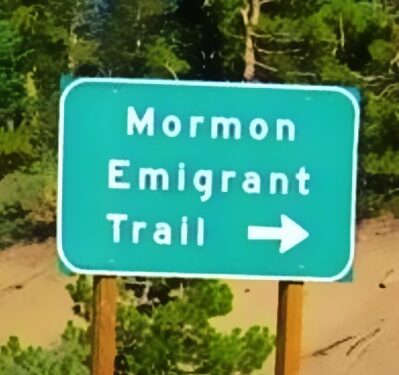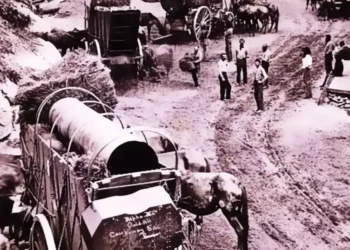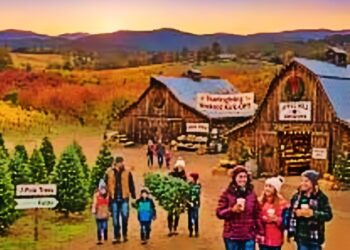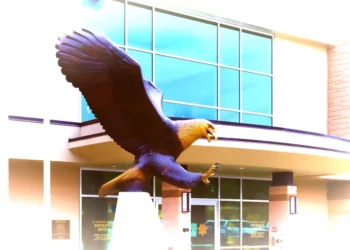By Cris Alarcon, InEDC Writer. (May 7, 2025)
POLLOCK PINES, Calif. (AP) — Winding through the Sierra Nevada, the Mormon Emigrant Trail—also known as Iron Mountain Road—stands as a testament to the determination of early pioneers. This 30-mile route, stretching from Sly Park Road in Pollock Pines to Highway 88 near Silver Lake, was established in 1848 by veterans of the Mormon Battalion returning east to Utah. Today, it serves both as a scenic drive and a corridor rich in historical significance.
Historical Significance
In the spring of 1848, members of the Mormon Battalion, having completed their service in the Mexican-American War, sought a direct route back to the Salt Lake Valley. Led by Captain James C. Sly, the group carved a path through the rugged terrain of the Sierra Nevada, creating what would become the Mormon Emigrant Trail . Their journey was marked by both discovery and tragedy.
One notable location along the trail is Sly Park, named after Captain Sly himself. This meadowed area served as a significant campsite during the expedition. Another poignant site is Tragedy Spring, where three scouts—Henderson Cox, Ezra Hela Allen, and Daniel Browett—were killed under mysterious circumstances. The spring was named in their memory and remains a historical landmark .
Captain James C. Sly: Pioneer of the Sierra Nevada
Captain James Calvin Sly (1807–1864) was a pivotal figure in the westward expansion of the United States, particularly in the Sierra Nevada region. Born on August 8, 1807, in Sodus, New York, Sly became a member of the Mormon Battalion during the Mexican–American War, serving in Company B. His contributions extended beyond military service; he was instrumental in pioneering routes that facilitated migration and settlement in the American West.
Trailblazing Efforts
In 1848, Sly joined a group of former Mormon Battalion members to establish a wagon route over the Sierra Nevada, aiming to return to Utah. This endeavor led to the creation of the Mormon Emigrant Trail, a critical passage during the westward expansion. The trail included significant landmarks such as Sly Park, named in honor of Sly after he discovered the meadowed area, and Tragedy Spring, commemorating three scouts who lost their lives under mysterious circumstances .
Legacy and Later Life
Beyond his trailblazing achievements, Sly served as a missionary in Canada and was among the early settlers in several western communities. He married Susannah Gustin in 1849 and continued to contribute to the growth of the Latter-day Saint settlements. Sly’s life came to a close on August 31, 1864, in Chicken Creek, Juab County, Utah, where he was laid to rest .
Modern Usage
Today, the Mormon Emigrant Trail is a popular route for outdoor enthusiasts. The road offers access to various recreational activities, including hiking, camping, and scenic drives through the Eldorado National Forest. However, it’s important to note that the trail is typically closed to passenger vehicles during the winter months due to snow conditions .
For those interested in exploring the trail, it provides a combination of historical significance and natural beauty, making it a unique destination in the Sierra Nevada region.
Get modern information HERE
Historic Peoples story.










